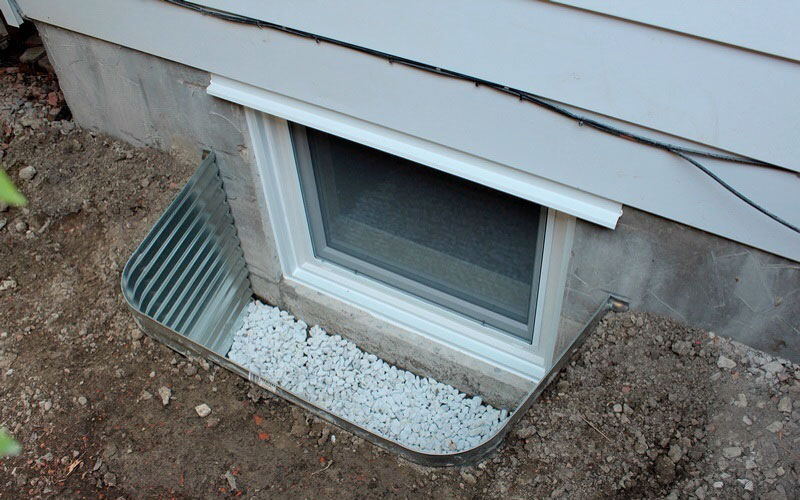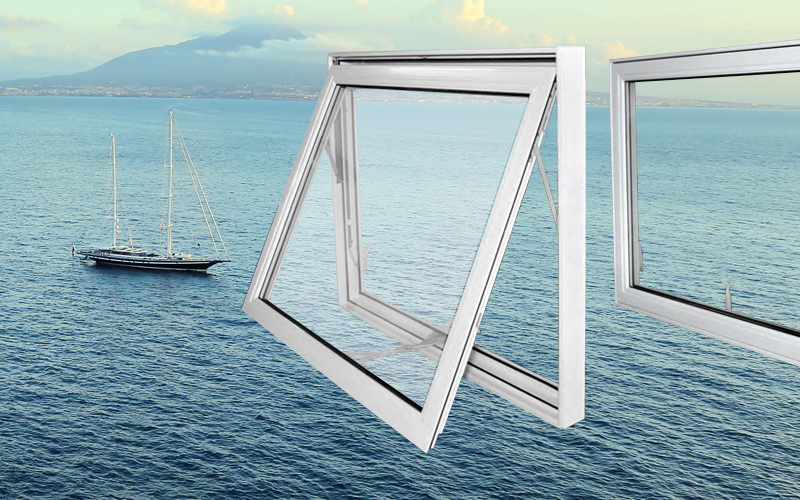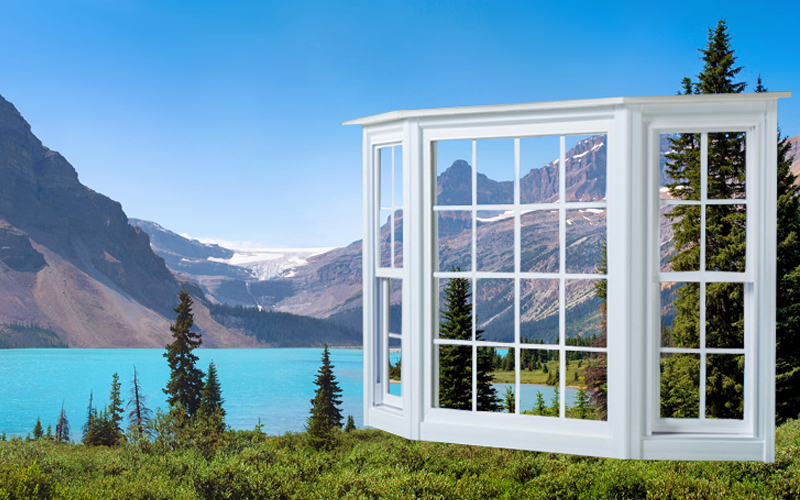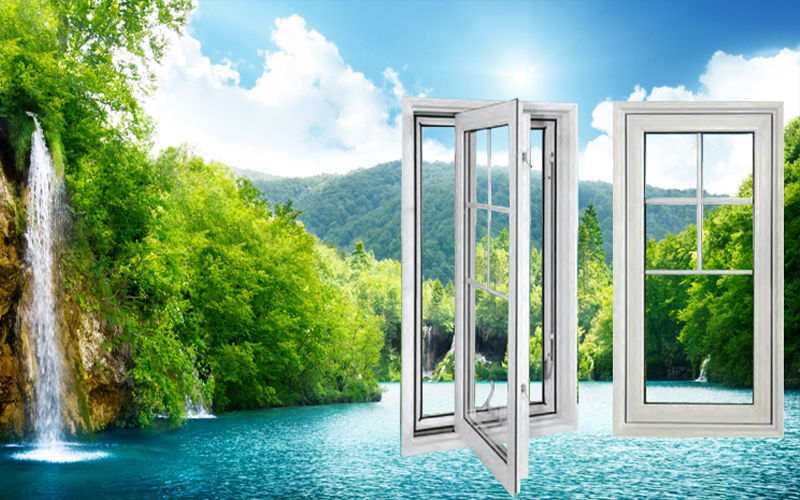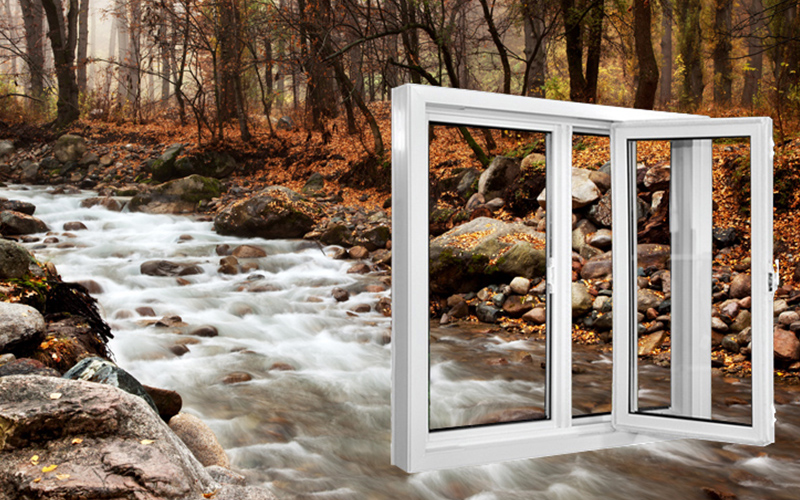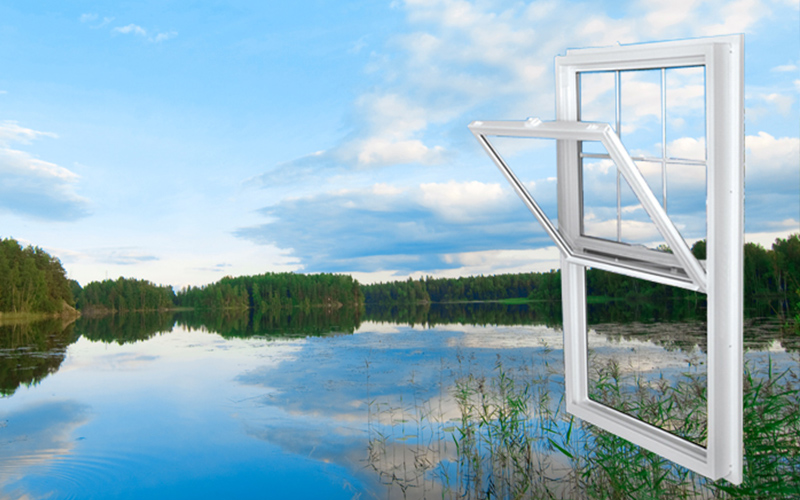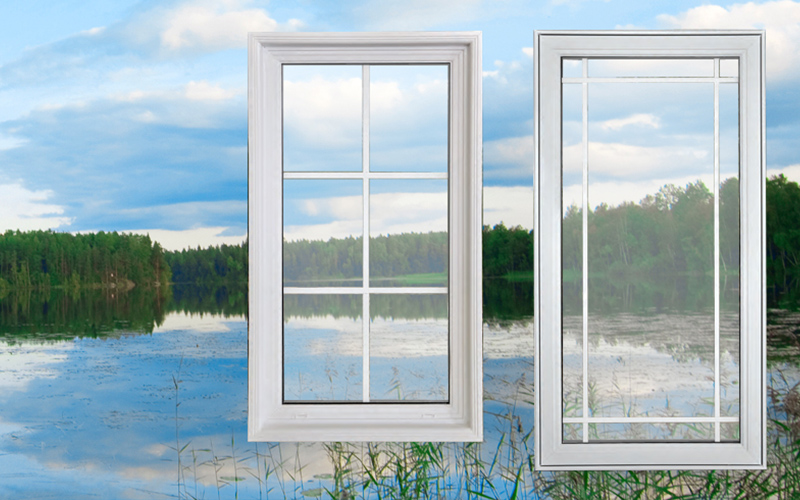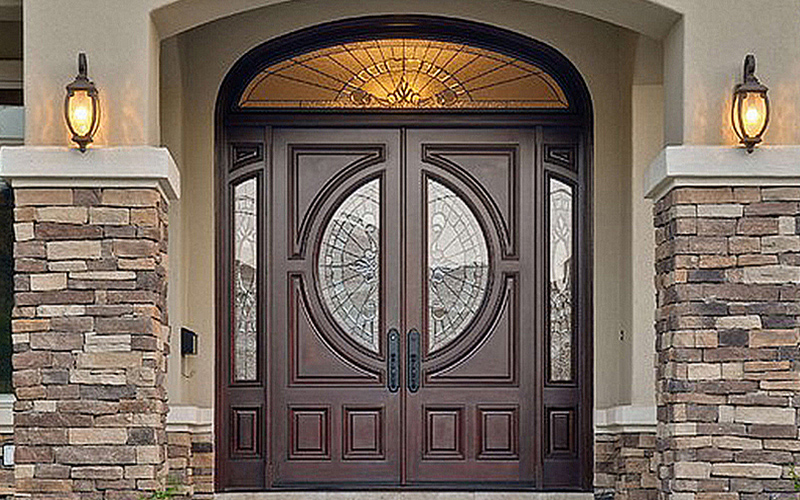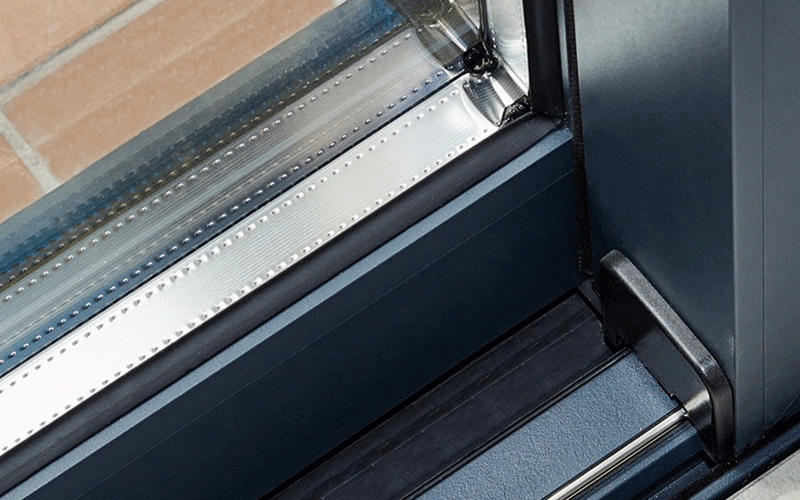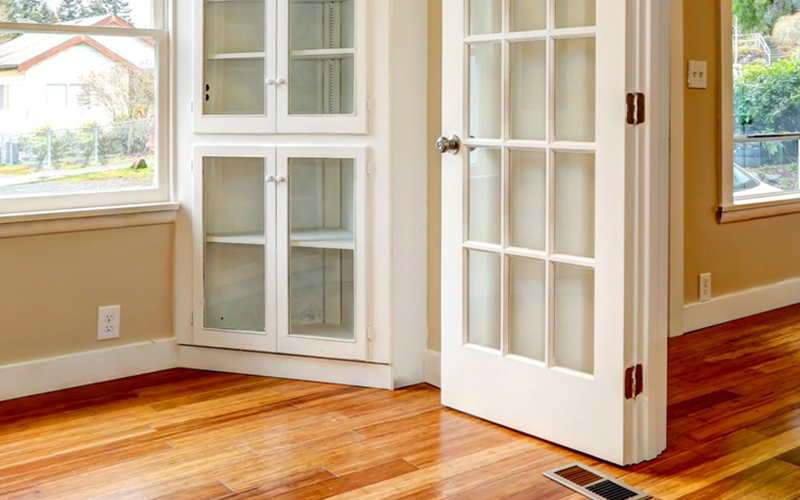Keep moisture off the glass with NO-Metal Super Spacer®
NO-Metal Super Spacer® Keeps moisture off the glass with the warmest inside surface temperatures possible. Vinyl window pro is one of the few manufactures to carry this product
Full Metal Spacer
With conventional metal spacers, condensation is a fact of life.
Less Metal Spacer
Mid-performance spacer systems that contain some metal improve condensation resistance.
NO-Metal Super Spacer®
Patented all-foam design dramatically reduces condensation, delivering the clearest picture in Warm Edge Technology.
Take the ice water challenge!
Fill a Thermos with either cold or hot liquid, and then insert Super Spacer and metal samples.
See for yourself the conductive differences between No-Metal Super Spacer® and Metal-Based Spacers.
The True WARM® advantage is obvious!
The primary window condensation culprit is its insulating glass spacer. Traditional metal spacers can conduct heat and cold causing condensation at the edge of the glass.
Convection currents further concentrate cold air along the bottom edge of glass making that area the most vulnerable.
Only a warmer edge all the way around will strike at the heart of the problem.
The world’s only TrueWARM® edge occurs with Super Spacer®, an insulating foam spacer whose usage helps reduce condensation and allows for comfortable household humidity levels. That’s the Health Smart Windows advantage
Window condensation can fuel mold growth
R-value comparison of IG (insulated glass) of various Spacer Systems show that Super Spacer® has the best R-value above all.
Many of today’s energy efficient windows offer glass packages with “Warm Edge Technology.” The problem is that highly conductive metal-based insulating glass spacers are often used in these new windows.
A new window can lose up to 50% of its overall stated R-value with a meta-based spacer at the edge of the glass. R stands for the “resistance” of the transfer of heat or cold through a solid object. So, a higher R-value means better insulation against heating and cooling loss.
The edge of the insulating glass is the most vulnerable to heating and cooling loss. This usually leads to condensation. It’s a problem that looks unsightly, and over time, it will stain wood, peel paint and rot frames.
Not only that, but window condensation can contribute to mold growth, a sinister presence hidden from sight deeply inside window and wall openings.
In fact, visible mold can often be found in poorly insulated or installed windows. Mold is more and more being linked to child asthma plus increases in general respiratory illness, allergies and outbreaks of fungal diseases.


